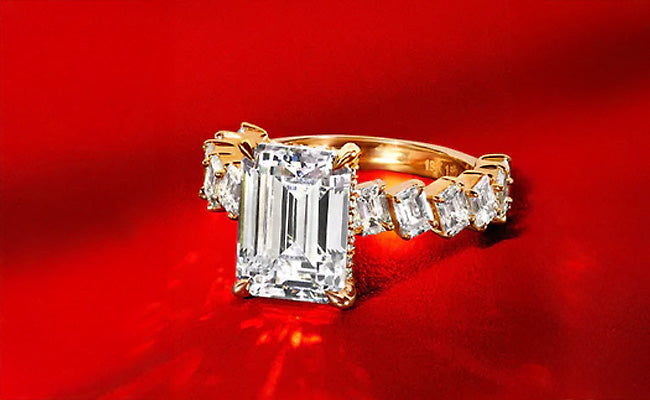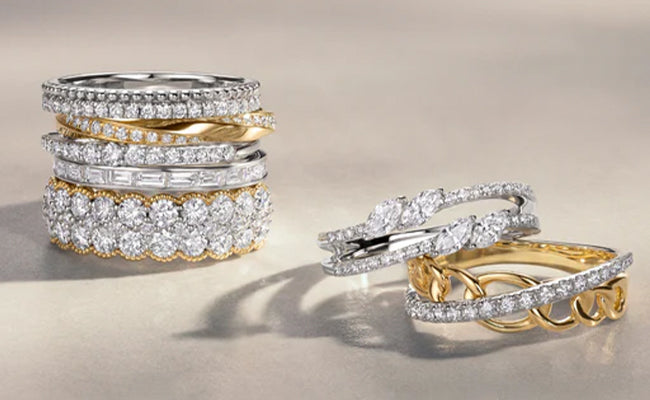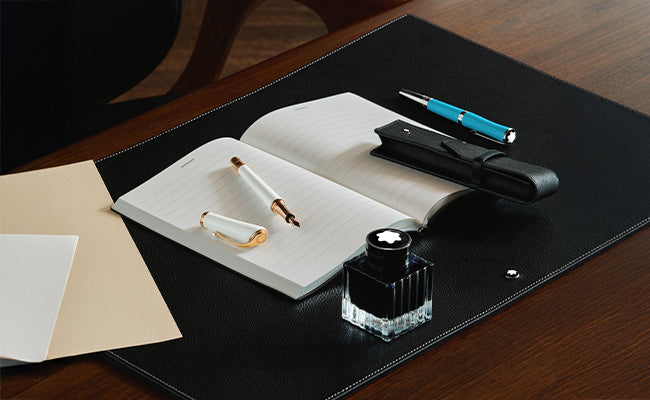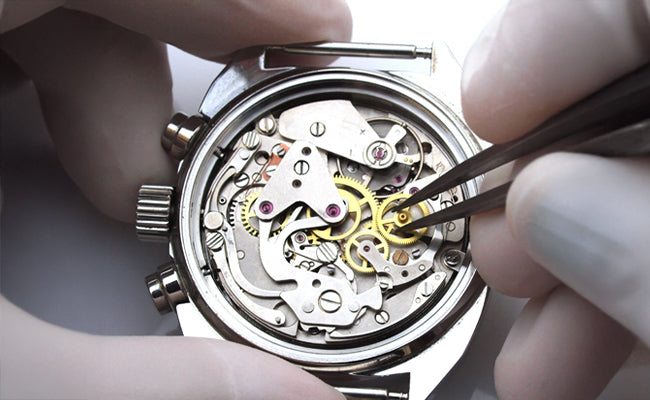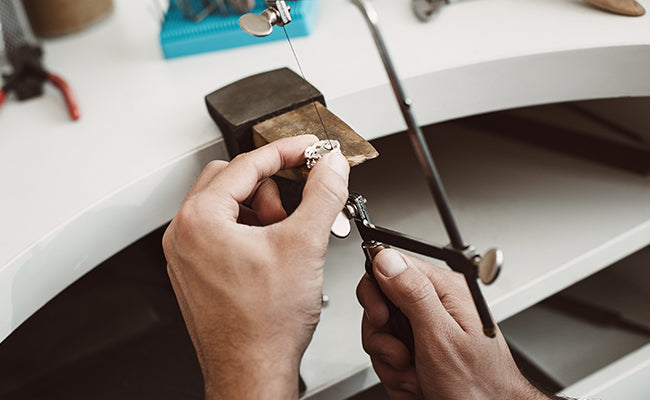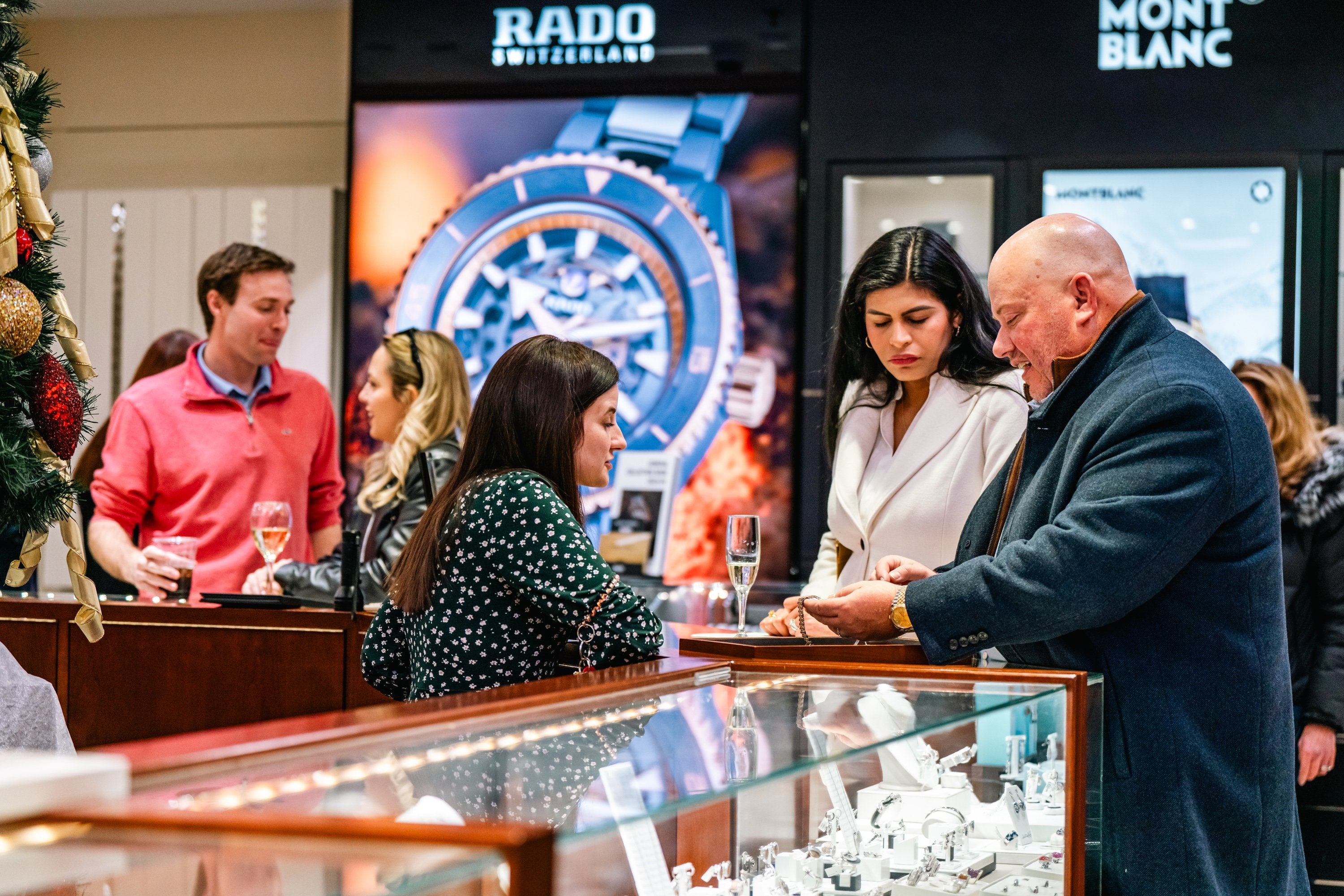New Watch Warranty Information
OMEGA International Warranty
OMEGA now offers an extended five-year international warranty on all new timepieces purchased on or after July 1, 2018. This enhanced coverage reflects the brand’s commitment to quality, precision, and long-term performance, giving you even greater peace of mind with your purchase. Your warranty entitles you to expert service and support from OMEGA’s worldwide network of authorized service centers. For full details about coverage, terms, and how to make a claim, please refer to the warranty card included with your watch or visit the official OMEGA website.
Bell & Ross International Warranty
Every Bell & Ross timepiece is backed by a two-year international warranty, valid from the date of purchase as recorded on your official Warranty Card. This coverage ensures that your watch will receive expert care from Bell & Ross’s global network of authorized service centers, maintaining its performance and integrity over time. To learn more about the terms of your warranty, including what is covered and how to obtain service, please consult the warranty card provided with your watch or visit the official Bell & Ross website.
NOMOS Glashütte International Warranty
NOMOS Glashütte provides a two-year international warranty on every timepiece purchased from an authorized NOMOS dealer. This warranty ensures your watch is free from defects in materials or workmanship from the date of purchase, subject to the brand’s warranty conditions. Should your watch require attention during this period, it will be serviced by NOMOS’s network of skilled watchmakers to preserve its quality and precision. For full details about coverage and service procedures, please visit the official NOMOS Glashütte website.
TUDOR International Warranty
TUDOR offers a five-year international warranty on all new timepieces, valid from the date of purchase as recorded on your official warranty card. This extended coverage reflects TUDOR’s dedication to reliability, durability, and precision in watchmaking. During the warranty period, your timepiece will receive expert care from TUDOR’s network of authorized service centers worldwide. For full details on coverage, conditions, and service procedures, please refer to the warranty card provided with your watch or visit the official TUDOR website.




